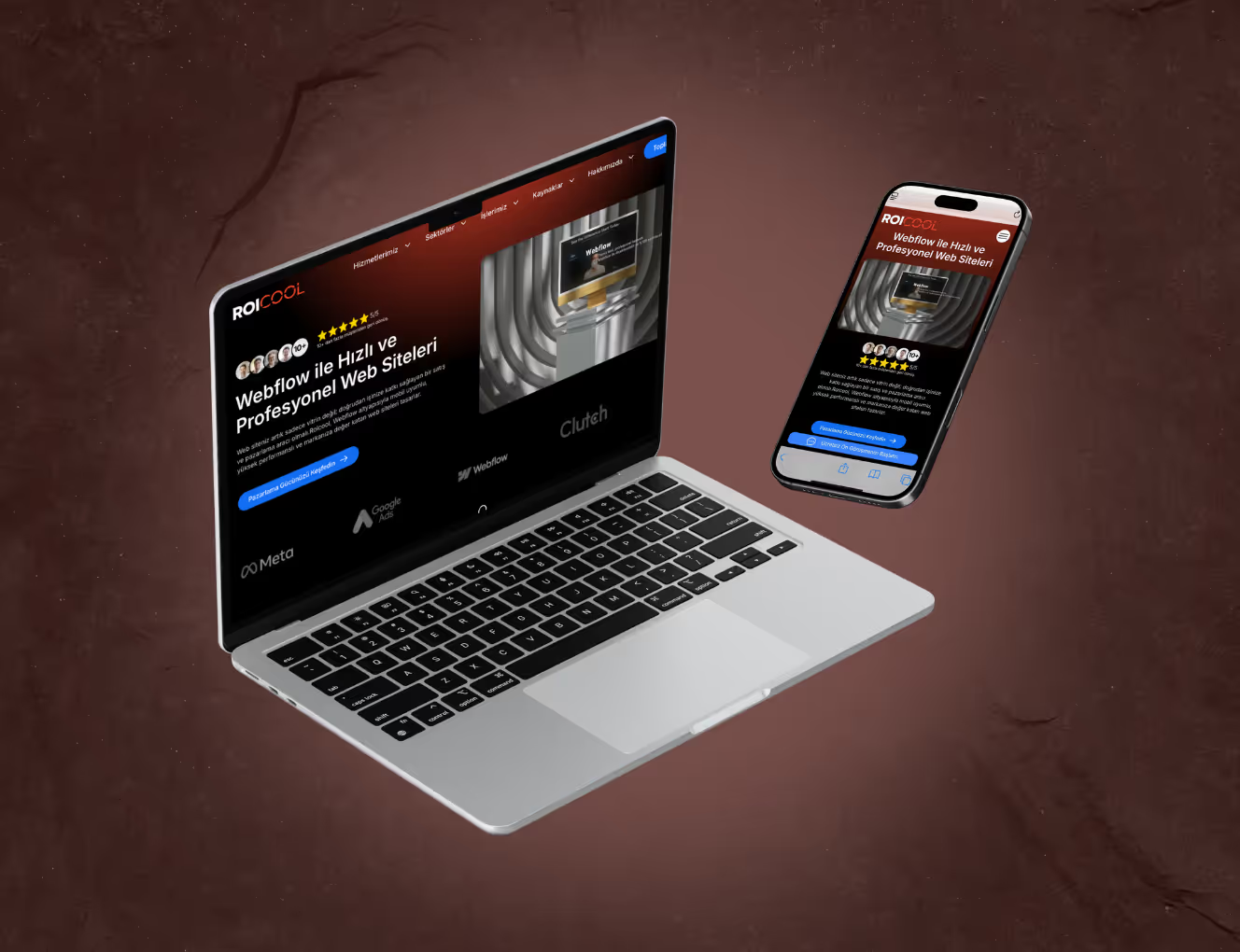In the rapidly evolving modern business world, standard problem-solving methods often fall short when addressing complex user challenges. This is where the design thinking process steps come into play. Design Thinking is not just for designers; it is a critical methodology for strategists, developers, and marketers aimed at clarifying ambiguous problems to achieve innovative results.
Design thinking is not a linear path but a loop — a non-linear, iterative process that places user needs at the center. The answer to how to create a digital marketing strategy often lies in the correct application of these very steps.
In this comprehensive guide, we will detail the 5-stage design thinking model and explore how you can apply it to your digital projects to outpace the competition.
What is Design Thinking?
Design thinking is a solution-based approach to solving problems. It combines logic and imagination to explore possibilities of what could be, and to create desired outcomes that benefit the end-user. It is about cognitive flexibility and empathy.
The goal is not just to create something visually appealing, but to provide a viable, feasible, and desirable solution to a real user problem. This is the fundamental philosophy that ensures functionality takes precedence over mere aesthetics when answering questions like what is web design.
The 5 Stages of the Design Thinking Process
If you want to develop an innovative product or service, you must meticulously follow these five stages. These steps serve as a roadmap extending from understanding the user to delivering a tangible solution.
1. Empathize
The foundation of the design thinking process is empathy. You cannot produce an effective solution without a deep understanding of the people (users) whose problems you are trying to solve. This stage involves setting aside your own assumptions to gain insight into the users and their needs.
Key actions during the Empathize stage:
- Observation: Watch how users interact with their environment in real-time.
- Engagement: Conduct interviews to hear their stories, motivations, and frustrations directly.
- Immersion: Experience what your user experiences.
During this phase, creating a fictional representation of your ideal customer is crucial. A correct analysis of persona will determine the trajectory of the entire project.
2. Define
The Define stage is where you analyze your observations and synthesize them to define the core problems your team has identified up to this point. You should seek to define the problem as a problem statement in a human-centered manner.
Instead of a business-centric goal like "We need to increase retention rates by 5%," a human-centered definition would be, "New mothers need a way to track their infant's health data quickly because they are overwhelmed and tired."
Outputs of the Define stage:
- Synthesis of user insights.
- Establishing a clear Point of View (POV).
- Formulating "How Might We" questions to spark innovation.
3. Ideate
With a clear problem definition in hand, you are ready to start generating ideas. The Ideate stage represents the transition from identifying problems to exploring solutions. The goal here is quantity over quality initially; judgment should be suspended to encourage wild ideas.
Techniques such as Brainstorming, Mind Mapping, and SCAMPER (Substitute Combine Adapt Modify Put Eliminate Reverse) are frequently used. To overcome creative blocks, it is advantageous to have a multidisciplinary team. When the perspective of an SEO expert merges with that of a designer, the resulting user experience UX solutions are significantly more powerful and holistic.
4. Prototype
Ideas have limited value as long as they remain abstract. The Prototype stage is where ideas are turned into tangible, testable artifacts. This is an experimental phase, and the aim is to identify the best possible solution for each of the problems identified during the first three stages.
Primary goals of prototyping:
- To view the feasibility of the idea at a low cost.
- To detect failures and design flaws early.
- To accelerate the development process.
In digital projects, tools like those explained in our guide on what is Webflow can be used to build rapid, high-fidelity interactive prototypes. This allows you to create a "proof of concept" before committing to full-scale development.
5. Test
The final stage is Test, where the prototype is placed in front of real users. However, because design thinking is iterative, this is rarely the "end". The results generated during the testing phase are often used to redefine one or more problems and inform the understanding of the users.
What to watch for during testing:
- Observe how the user uses the prototype without guiding them.
- Ask "Why?" to understand the reasoning behind their behaviors.
- Document feedback meticulously to refine the solution.
In the realm of digital marketing, this process is often made continuous through methods like the A/B test. Measuring which headline, color, or layout triggers a better response is an integral part of the testing phase. The Nielsen Norman Group’s Usability Testing Guide is an excellent resource on this topic.

Digital Tools You Can Use in the Process
Here are some popular tools to facilitate your team's work while managing the design thinking process:
- Empathize & Define: Google Forms, Typeform
- Ideate: Miro
- Prototype: Figma, Adobe, Sketch, InVision
- Test: UserTesting, Google Analytics, Maze
Benefits of Design Thinking for Businesses
Companies that implement design thinking process steps do not just solve problems; they transform their corporate culture.
- Risk Reduction: Testing assumptions early in the product development process prevents the waste of large budgets on projects destined to fail.
- Accelerated Innovation: The convergence of different perspectives births creative solutions that competitors often overlook.
- Customer Loyalty: Users whose needs are genuinely understood and met become loyal brand advocates.
- Competitive Advantage: Brands that combine technical requirements, such as SEO analysis, with user-centric content consistently outperform others in search engine rankings and market share.
Tips for Successful Implementation
Design thinking is not a magic wand; it requires disciplined application. To ensure success, consider the following tips:
- Embrace Flexibility: Do not be afraid to loop back. If testing reveals you defined the problem incorrectly, go back to the Define stage immediately.
- Foster Collaboration: Break down silos. Marketing, sales, and technical teams working together produce more holistic solutions.
- Fail Fast: Avoid the trap of perfectionism. Adopt the principle of "Fail fast, learn faster."
Conclusion
In conclusion, the design thinking process steps act as a compass navigating the complexities of the modern market. Whether you are designing a landing page or developing a completely new business model, this human-centered approach will always lead you to superior results.










